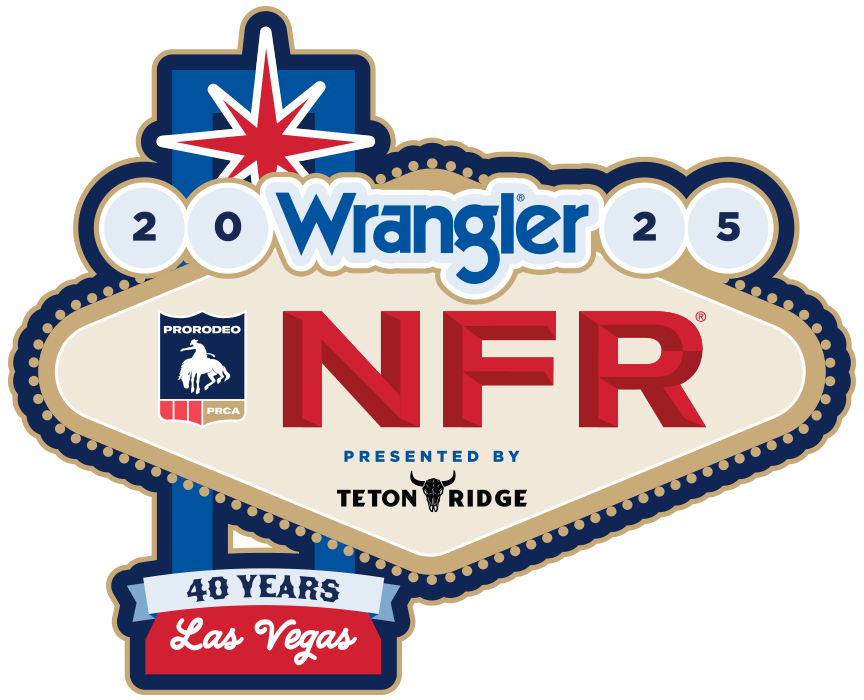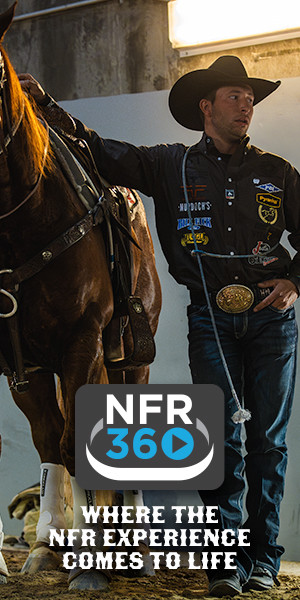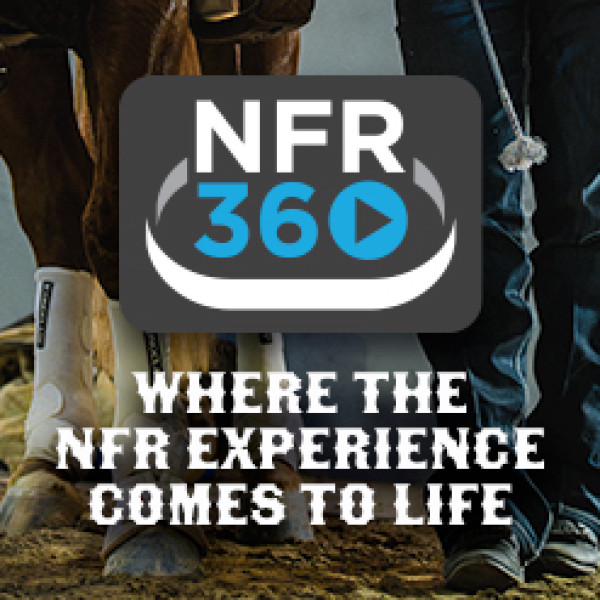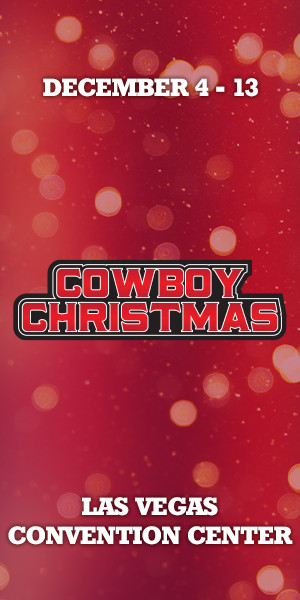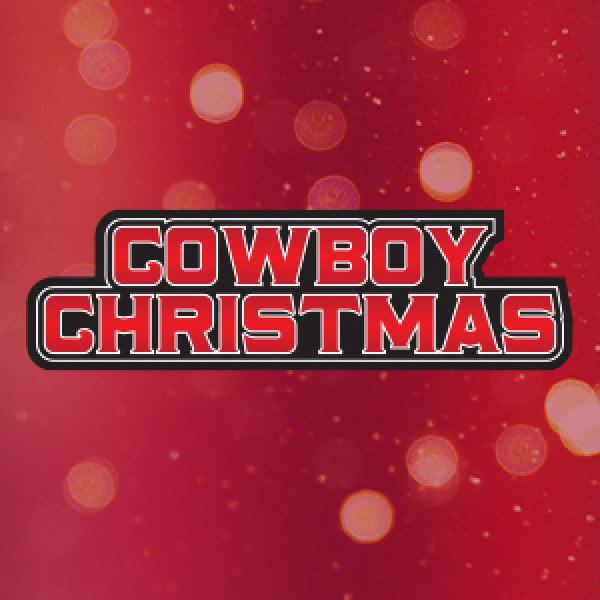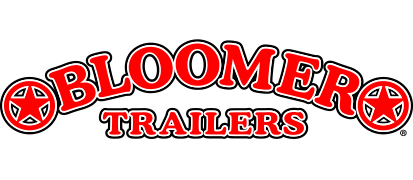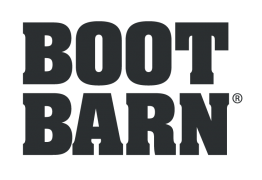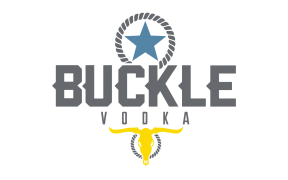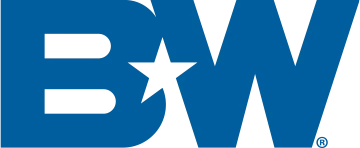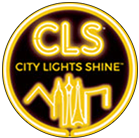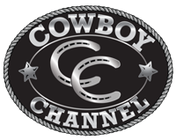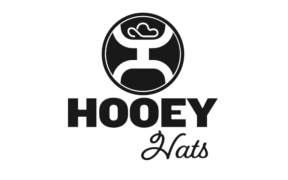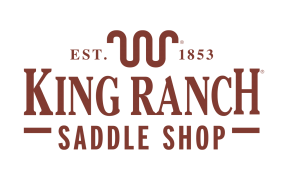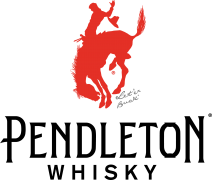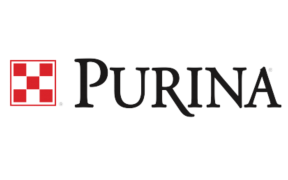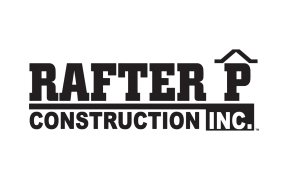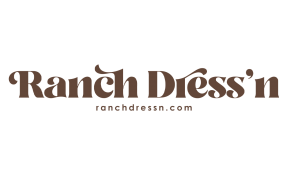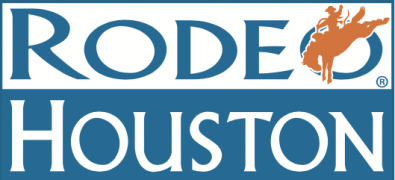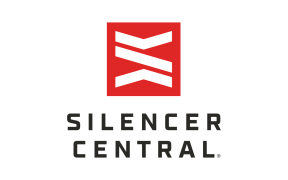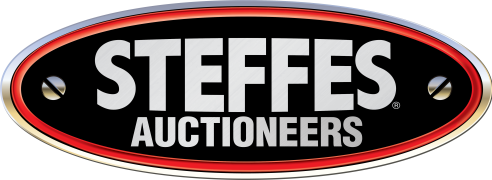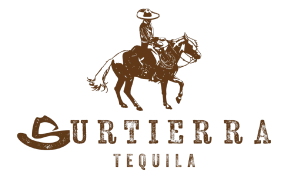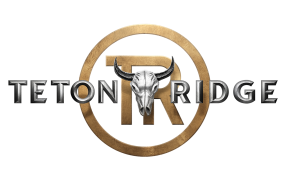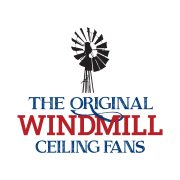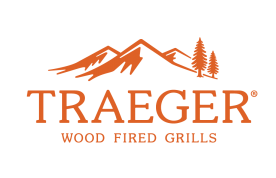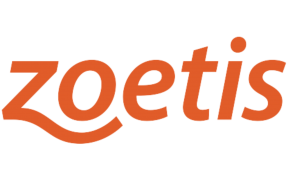
Jun 17, 2022
Rodeo Coaches
By Susan Kanode
College National Finals Rodeo is an event like no other.
And rodeo coaches are active participants.
For the past 25 years, I’ve spent the first part of June at the College National Finals Rodeo (CNFR). We missed 2020, but most of those have been in Casper, Wyoming and it is an event that is near and dear to my heart combining two things that I’m passionate about – education and rodeo.
I know that I’m not alone in that. Crowning national champions at the CNFR is a process. It’s unique to other competitions in so many ways, but it is a huge stepping stone for many athletes that go on to have successful careers in the Professional Rodeo Cowboys Association and the Women’s Professional Rodeo Association.
It is the only level that has coaches and teams, men’s and women’s. It’s evident at every performance in the Ford Wyoming Center how important those coaches are, but most of our audience never knows what an integrated part of the production they actually are.
There are 126 member schools in the 11 regions of the National Intercollegiate Rodeo Association and 88 of those have athletes that have qualified here. Most of those 88 have coaches and assistant coaches involved. It would be easy to assume that the sole focus of those coaches is their own athletes, and while that’s important at the CNFR most of those coaches are helping every athlete that competes here.
It’s a situation that is completely unique to college rodeo. There are approximately 50 coaches that come here year after year that are integral parts of the production staff. J.D. Vanhooser, the coach at Murray State University, is the resident tractor driver keeping the ground consistent and groomed.
Ben Londo, former all-around champion and coach at Cal Poly State University – San Luis Obispo, is the roughstock chute boss who overseas a whole crew making sure animals are in, contestants are ready and encouraging and treating every bareback rider, saddle bronc rider and bull rider the same.

At the timed-event end, C.J. Aragon, who leads the program in Alpine, Texas, at Sul Ross State University, has the responsibility for tie-down roping, steer wrestling, team roping, goat tying, breakaway roping and barrel racing. Aragon also has a full slate of help and support that are fellow rodeo coaches.
The CNFR is a reunion of sorts, especially for these rodeo coaches. Many of them only see each other during this event and while they may have the same goals for their students, they also have the same goals for the event, keep it moving, entertain the fans and give the athletes fair opportunities.
There is a new leader at the helm of the ship this year in Jim Dewey Brown. He took over for Roger Walters who was a coach at Sam Houston State University before becoming the NIRA commissioner. Jim Dewey was an athlete at the CNFR the first time that Casper hosted it back in 1999. He qualified twice and was the saddle bronc riding director in the southwest region as a student at Tarleton State University.
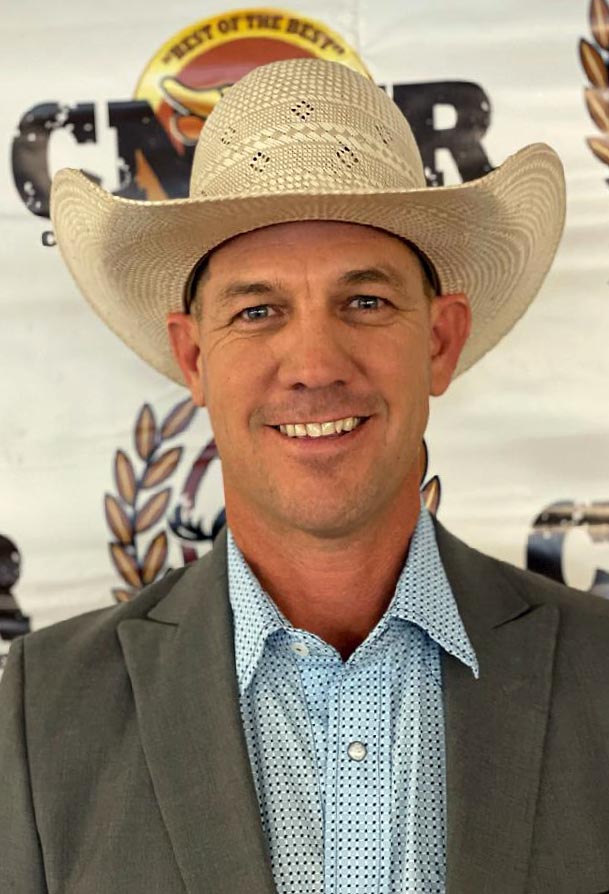
Each region elects a student and faculty advisor to represent them on the NIRA board. Jim Dewey lost that election as a student, but kept working on his skills and education. As a master’s student at Tarleton, he became an assistant coach under Bob Doty. When that goal was obtained, he got a position as the head coach at New Mexico State University in Las Cruces in 2002.
He was there 13 years and was selected as the NIRA Coach of the Year in 2007. He was also a faculty advisor for the Grand Canyon Region and was the faculty president of the NIRA. During those 13 years he served as a coach/volunteer on the CNFR production staff. Then he became production manager, a position he held until this year.
“College rodeo is special in so many ways,” Jim Dewey said. “I think the camaraderie is unique at all levels, but especially here. Of course, you are doing everything you can as a coach to see your athletes succeed, but the overall success and future of college rodeo and the sport is at the forefront of everything we do and most of our coach’s minds.”

For most of the nation’s rodeo programs education is first. Coach Beau Clark set a goal for all of his athletes at the University of Wyoming to have a minimum of a 3.0 GPA. This year he had 56 students in his program who had an average GPA of 3.25 and 18 of them graduated with their bachelor’s degrees.
The average graduation rate at Sul Ross is surprising, especially when you look at the rodeo program. Since C.J. Aragon took that over in 2018, 82 percent of the rodeo athletes have left with a degree and a long-standing relationship with their coach. That graduation rate is far above the university’s average.
Former NFR bull rider Seth Glause is now the coach at Laramie County Community College and he has been leading by example. After accepting the coaching job, he became a student with his students and finished his bachelor’s degree.
The background of rodeo coaches in the NIRA is diverse. Of course, many of them are former rodeo competitors. Some have fallen into their positions because of relationships. The thing they all have in common is dedication to the sport and the athletes. It means long hours finding time, places, and resources for practicing, then supplying and caring for animals, fundraising, and dealing with administrations that may or may not understand the unusual dynamic of rodeo as a “club” sport.
And, then there is the travel to compete at the 10 rodeos in your region hoping your athletes do well enough to qualify for the CNFR. Get to the CNFR and spend hours as a volunteer on your feet in the arena without a break while your athletes are in and out and have an opportunity to nap, go out to eat, play some golf and have some fun.
There is a “can do” attitude that resonates amongst them. Drew Pearson from Treasure Valley Community College exemplifies that attitude so well that he was selected the 2021/2022 NIRA Coach of the Year. And while that is the ultimate honor for a rodeo coach, it’s really about the athletes.
“I love kids and I love the sport of rodeo,” Pearson said. “That is the part that is the most fun for me. I’ve been here for six years now and I still love kids and love rodeo. If I can help them be successful it’s all worth it.”
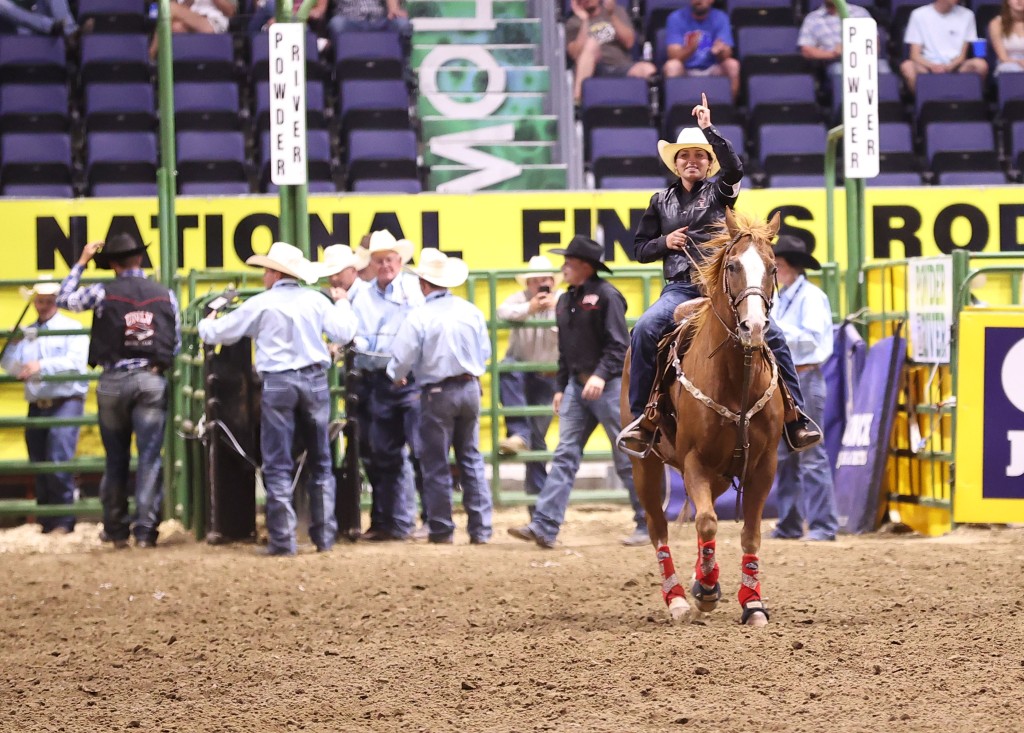
There are 366 student athletes at this year’s CNFR. Each of them competes three times with the top 12 advancing to a final round. At the end of the competition, the athlete with the highest total score on four rides or the fastest total time on four is crowned the champion.
It takes a full 24 hours of competition to narrow that down. And all 24 of those hours involve the labor of coaches that love the game. Imagine a college football game where opposing teams set the chains to mark the ball. Or basketball where coaches run out between quarters with towels to check the surface of the court. I can’t.
This is college rodeo. Coaches helping wherever they can and encouraging all of the competitors.
My name is Susan Kanode and I am a college rodeo fan!

